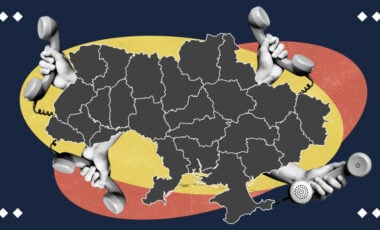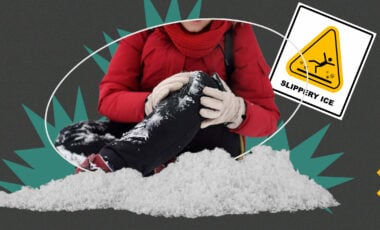Solutions to win: Kyiv teen invents innovative boots to protect against "petal mine" explosions

Photo: vechirniy.kyiv
Roman Zdorovylo, a student of the Polytechnic Lyceum of the Kyiv Polytechnic Institute, and his scientific supervisor, Oleh Kozlenko, created mine-resistant boots, which were presented at the Sikorsky Challenge 2023 competition for innovative startup projects.
"Vechirniy Kyiv" reported that.
What is the problem?
The invaders are recklessly scattering prohibited anti-personnel high-explosive mines, banned by the Ottawa Convention, across the Ukrainian territory. They have utilized multiple rocket launchers to install hundreds of thousands of PFM-1 mines remotely. These mines are contained in specially-designed cassettes.
"Petals" are extremely dangerous for the military and the civilian population, especially children, because their interesting shape attracts children. A big problem is also that these small mines (only 11 centimeters in length and 80 grams in weight) are made mostly of plastic. They are not subject to corrosion, so they do not break down over time and are quite difficult to find with the help of a minesweeper.
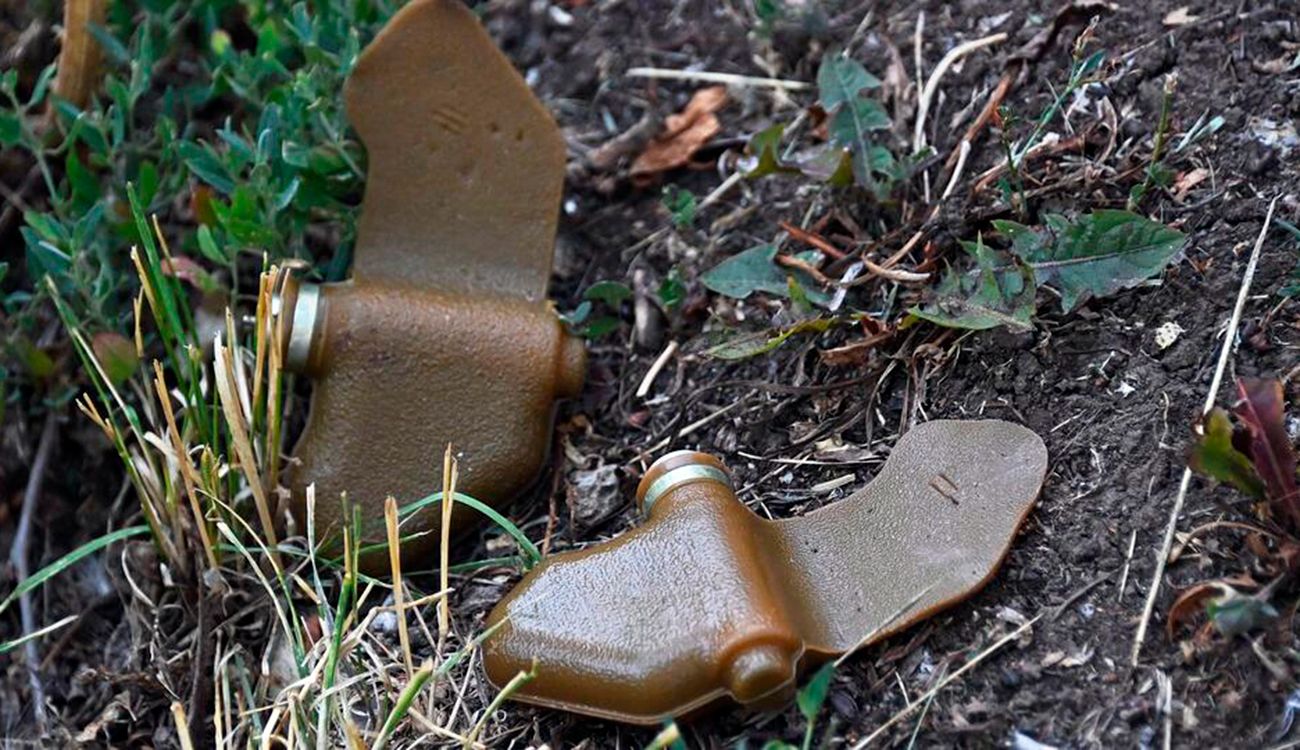
Photo: vechirniy.kyiv
During the detonation on the "petal" mine, a person receives significant leg injuries, which, as a rule, ends in amputation. Death is possible as a result of heavy blood loss in case of untimely medical assistance. That is why Roman and his mentor Oleh drew attention to this big problem, which the military and civilians often face today.
What is the solution?
"Our protective device is designed to increase the protection of the legs of soldiers, sappers from PFM-1, and mines containing up to 100 grams of explosives in TNT equivalent. Boots prevent severe leg injuries that lead to amputation. They will also be useful to agricultural workers, emergency workers, foresters, railway workers, energy workers, and many others in the de-occupied territories," says Roman.
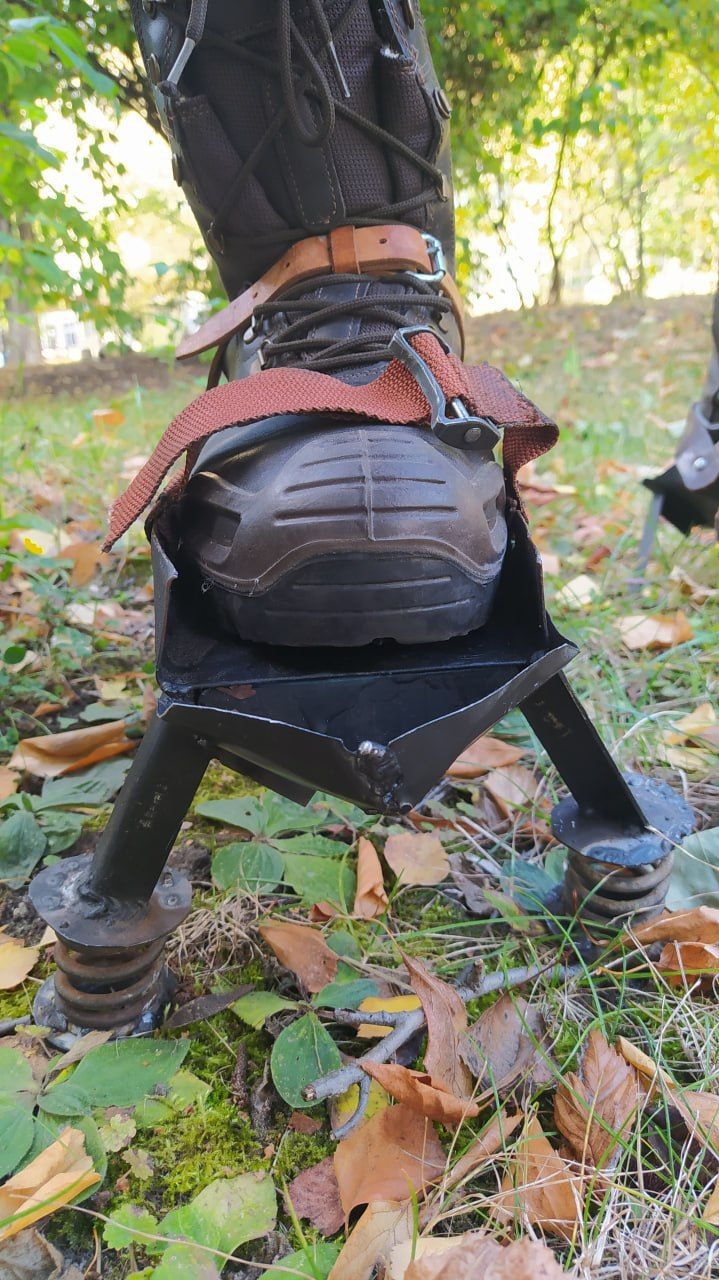
Photo: vechirniy.kyiv
He noted that PFM mines are very sensitive and only require a touch to trigger an explosion. Canadians who participated in military operations against the Taliban and al-Qaeda militants in Afghanistan developed "Spider boots" to protect their feet from anti-personnel mines.
"We carefully analyzed their design and realized that we could do better. Our protective device is lighter, more comfortable, and at the same time stiffer, allowing it to withstand more loads. Thanks to the metal V-shaped platform, the wave splits in different directions during the explosion, allowing you to save the limb. The military, to whom we showed our boots, support our project," said Roman.
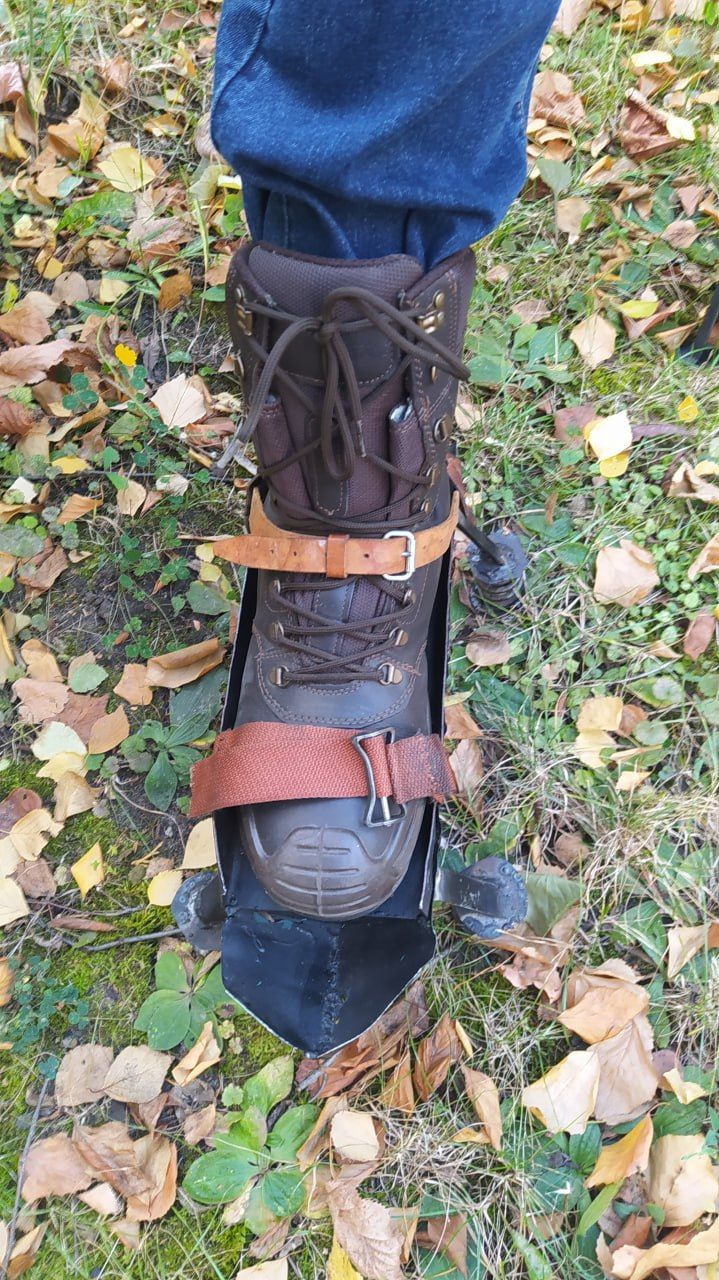
Photo: vechirniy.kyiv
By the way, Canadian-made mine-resistant boots cost 40,000 hryvnias at Rozetka [online store in Ukraine – ed.], while the estimated cost of the version improved by Ukrainian developers is 4,500-5,500 hryvnias. In addition, the Canadian "Spider-boots" weigh four kilograms, and the sample submitted to the "Sikorsky Challenge" competition is twice as light. The weight of the boots with metal legs and damping springs is only 1.65 kilograms.
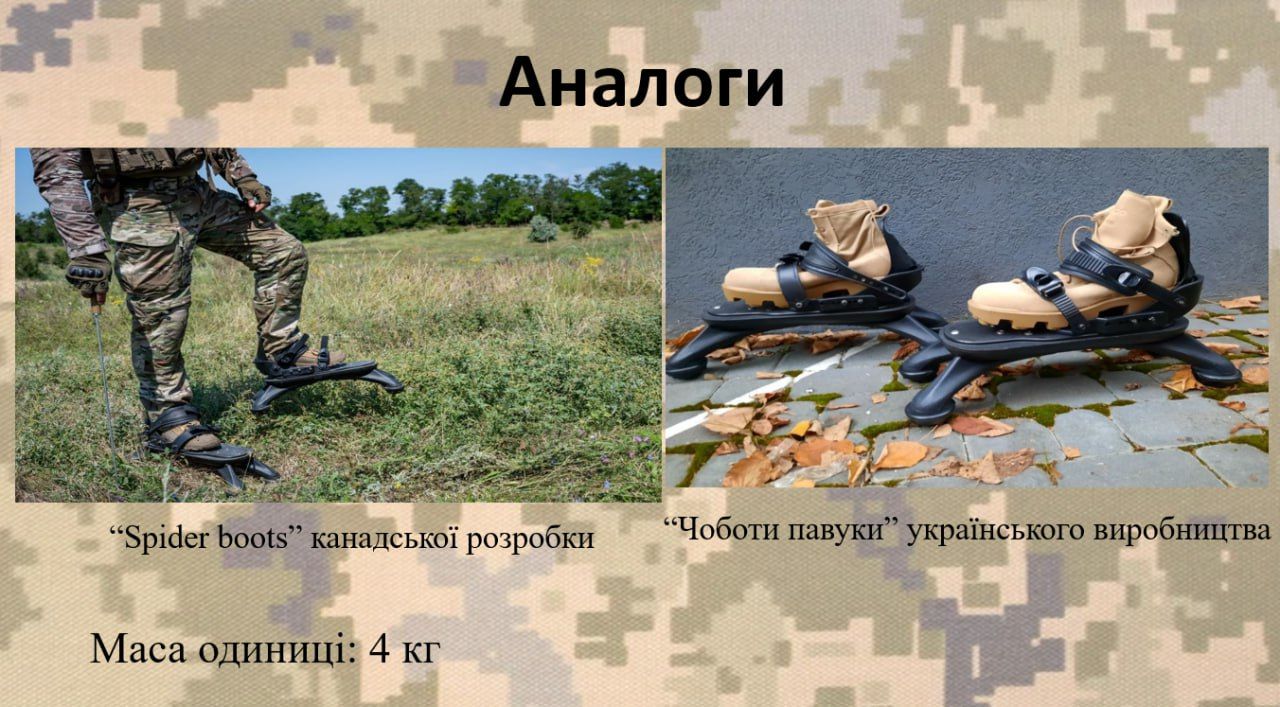
Photo: vechirniy.kyiv
How does it work?
Oleh Kozlenko, together with Roman, developed three experimental samples, which were modernized step by step during the year. They started with plastic. Roman printed the "paws" for the boots on a 3D printer. However, they decided to settle on a model with a metal base on springs that cushion the platform with the boot and "smooth out" the blast wave.
"In Ukraine, one company made a Canadian analogue of "Spider-boots" in plastic. It is cheaper than the foreign original, but both options have several shortcomings that we tried to correct in our development. First, we made a V-shaped metal platform to cut the blast wave. Secondly, the effect of kinetic energy was stretched in time. The explosive wave will first pass through the coils of the spring, lose its initial power, and therefore, the consequences for the human body will no longer be so catastrophic," Kozlenko explained.
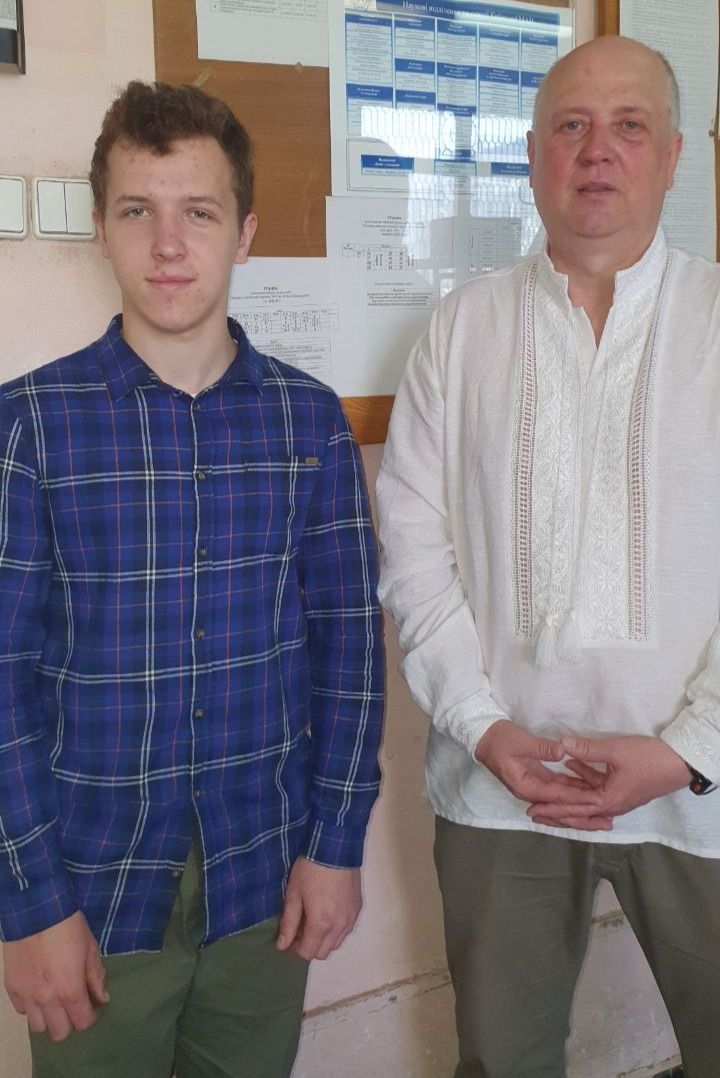
Photo: vechirniy.kyiv
The development has passed successful laboratory tests, particularly tests for strength characteristics in engineering computer programs.
"Our protective boots are portable and can easily be thrown into a backpack, hung up, and used when necessary. You don't have to wear them all day while running. We cannot conduct field tests on our own. Investors have expressed interest and taken our phone contacts. However, our goal is to raise awareness about the magnitude of this problem and suggest potential solutions," Kozlenko said.











